As long as there is sufficient lift over the wings, yes. Also, provided that there is some means of making sure it doesn't get blown backwards either.Is it possible to keep an airplane airborne by hanging it in front of a very powerful wind tunnel?
Is it possible to keep an airplane airborne by hanging it in front of a very powerful wind tunnel?
As long as there is sufficient lift over the wings, yes. Also, provided that there is some means of making sure it doesn't get blown backwards either.
 A super stol could achieve this realistically.
A super stol could achieve this realistically.It would even be possible to fly ‘backwards’ if the lift and headwind is strong enoughA super stol could achieve this realistically.
Is it possible to keep an airplane airborne by hanging it in front of a very powerful wind tunnel?
Welcome to the world of Alaskan bush pilots:It would even be possible to fly ‘backwards’ if the lift and headwind is strong enoughA super stol could achieve this realistically.
Welcome to the world of Alaskan bush pilots:
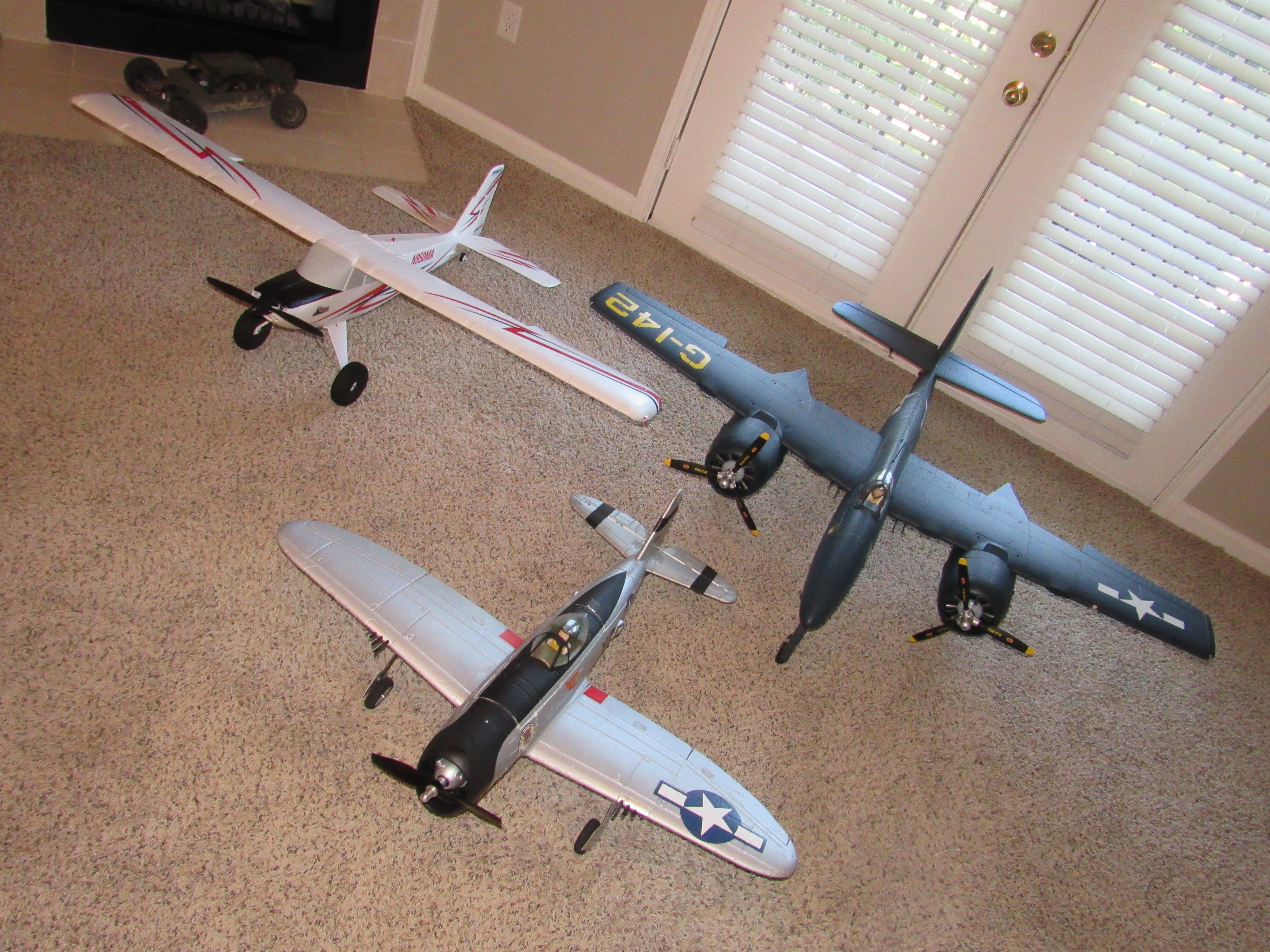
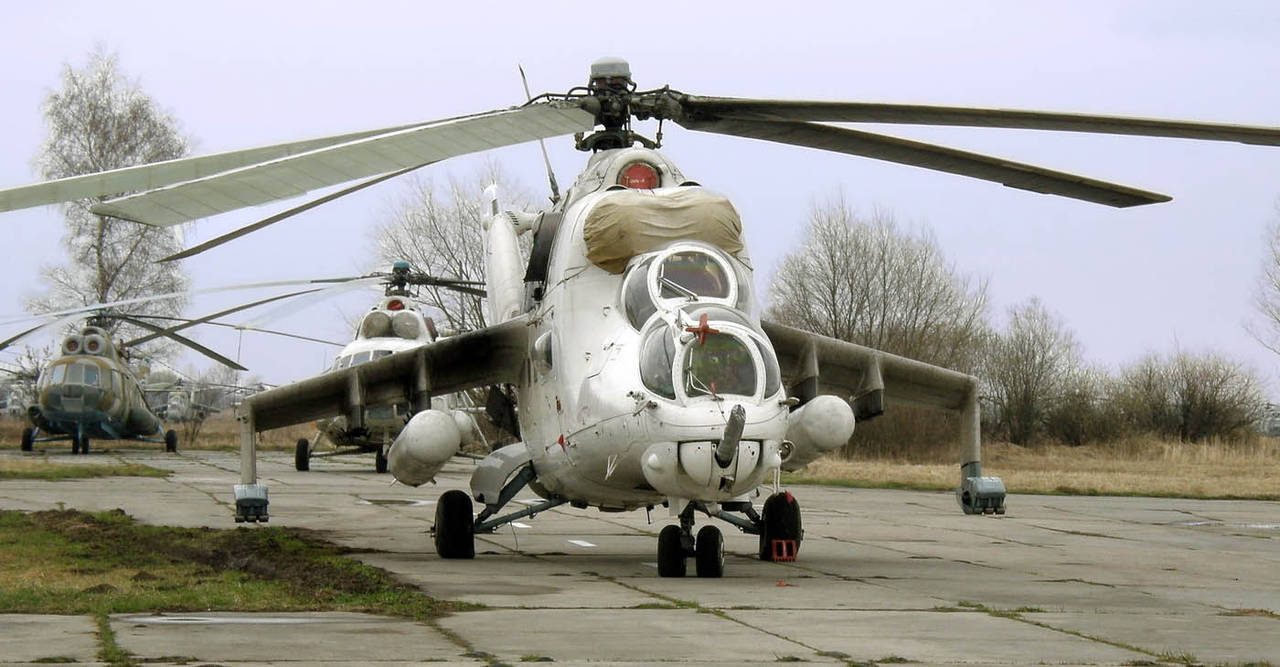

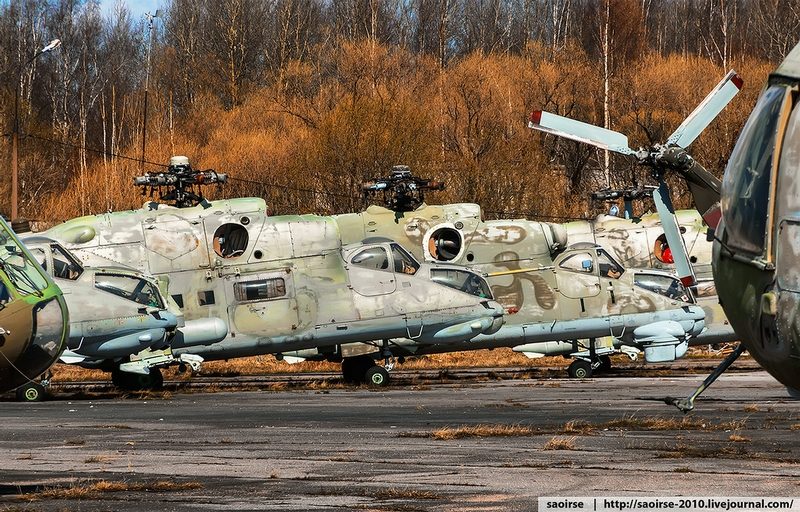
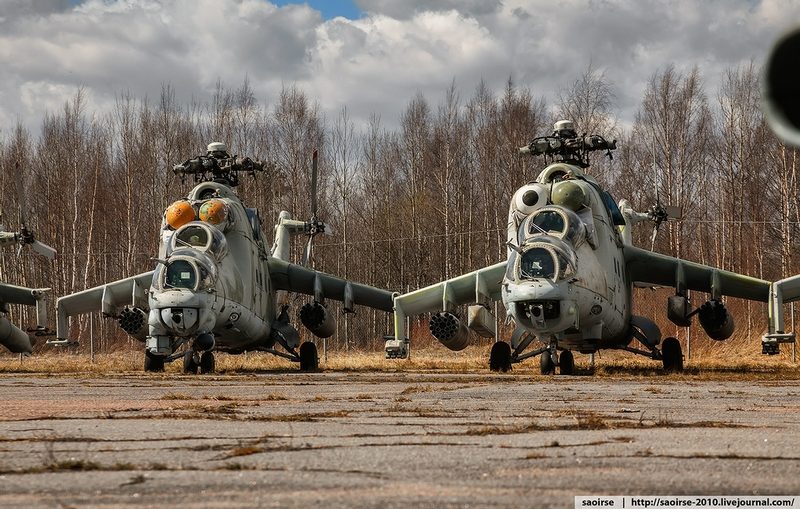
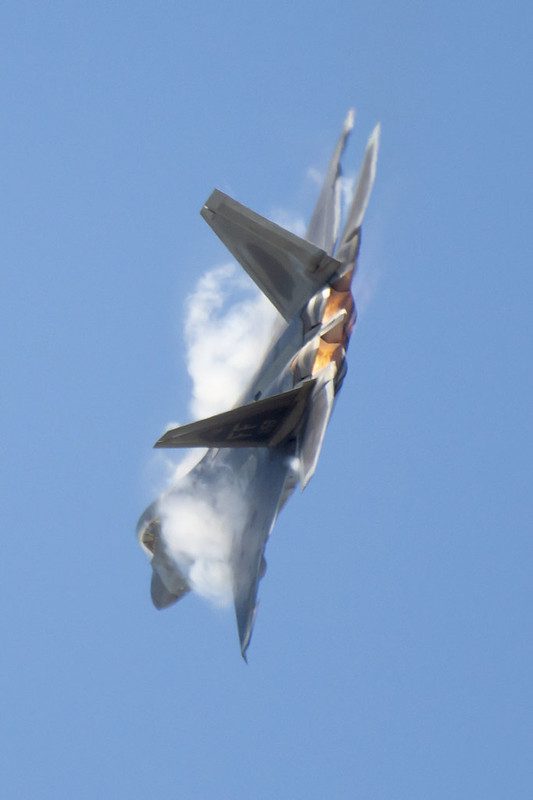
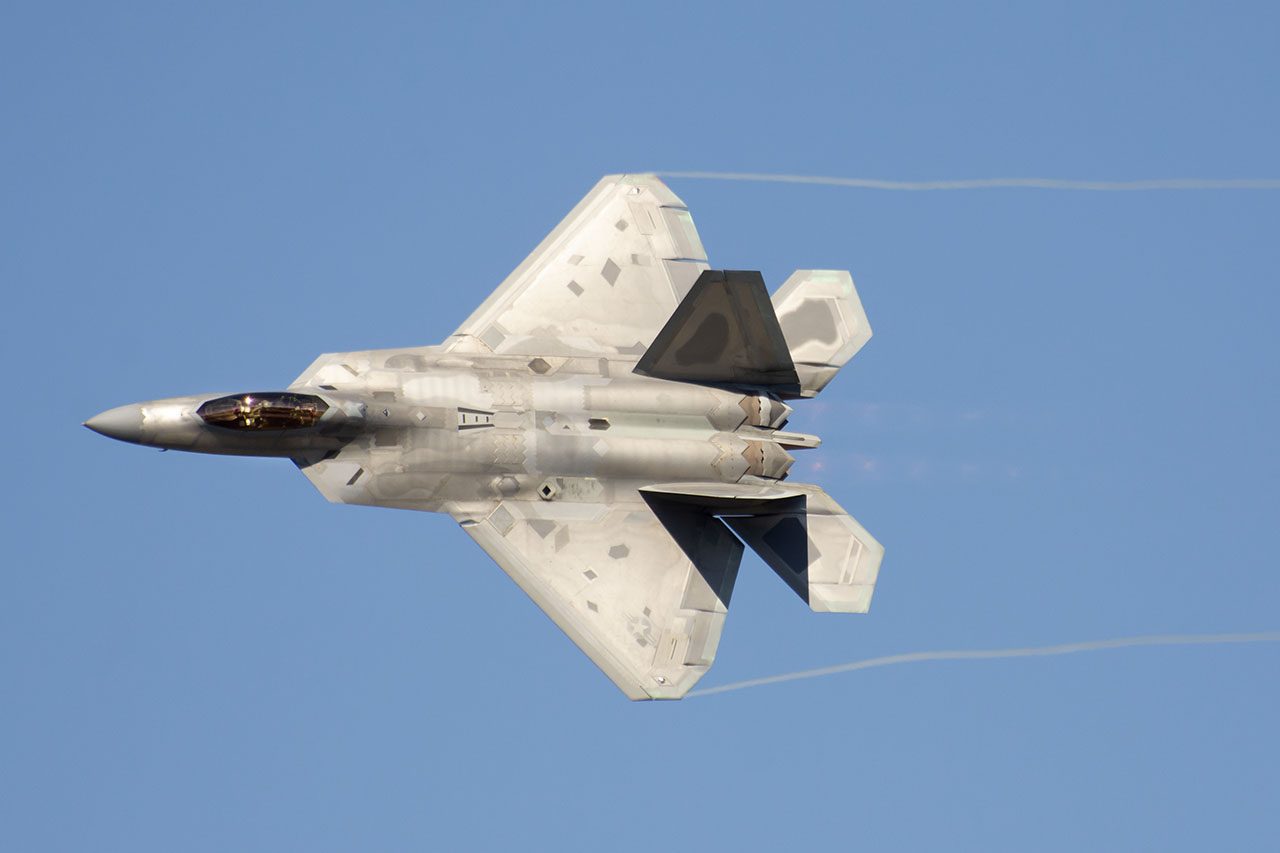
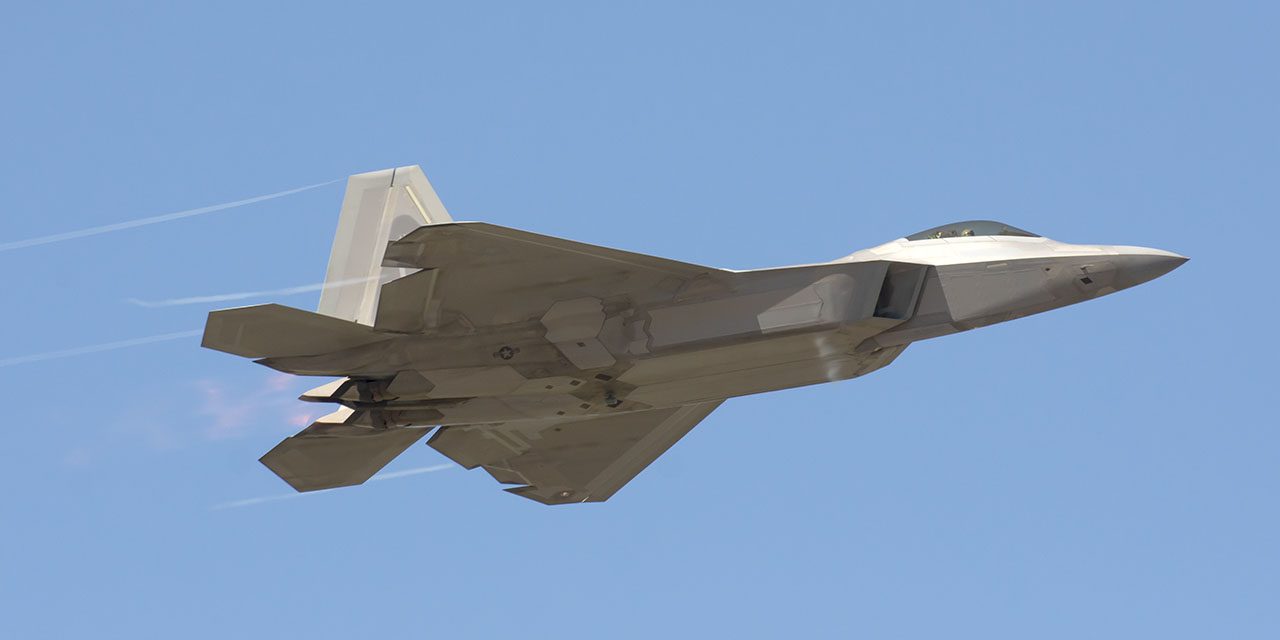
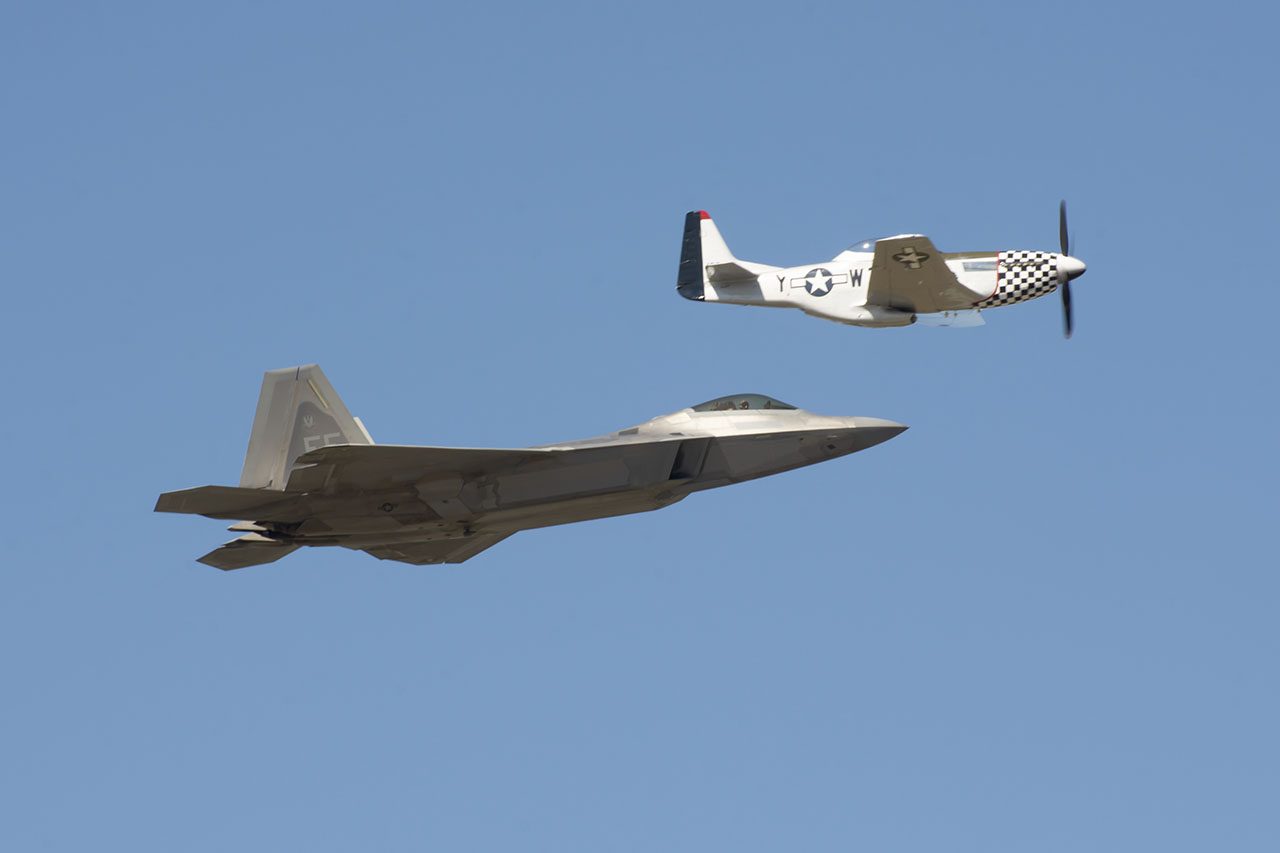
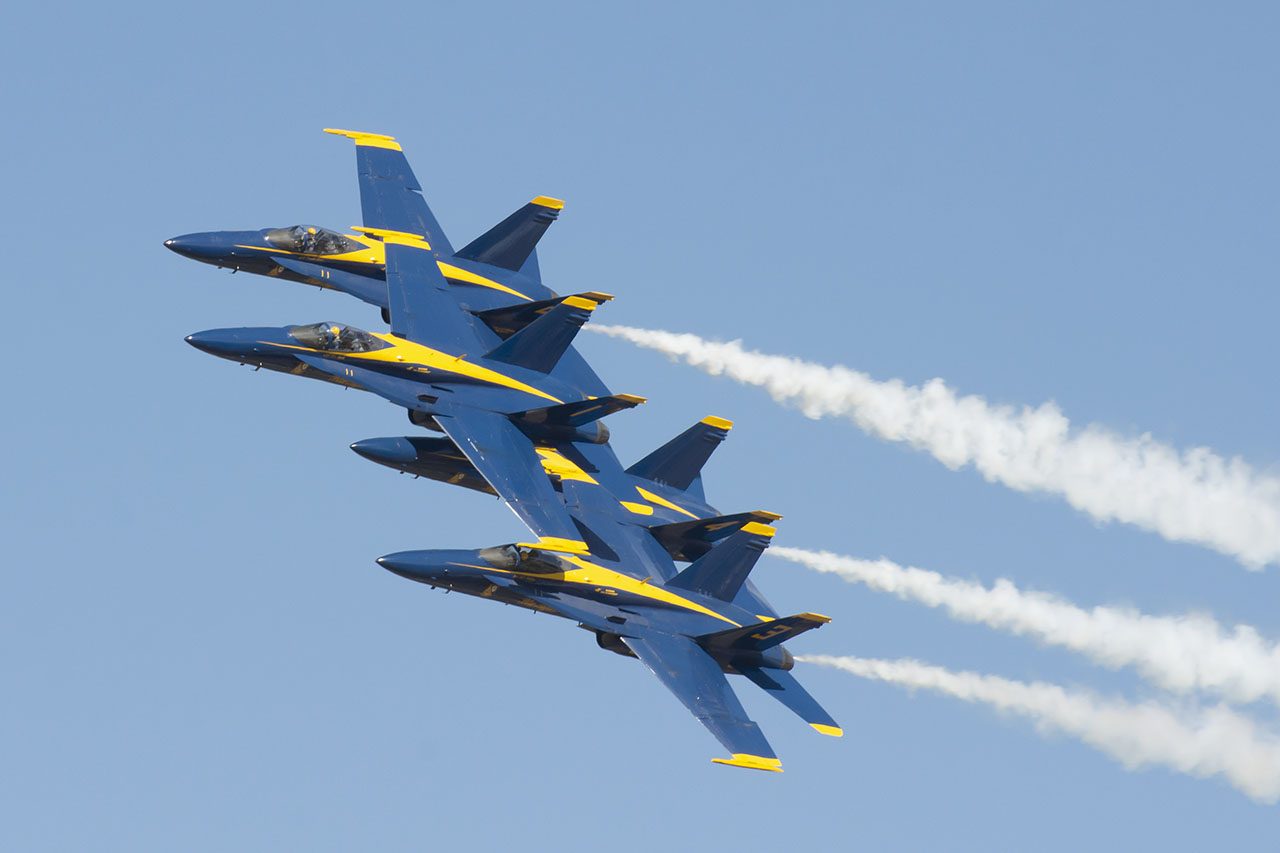
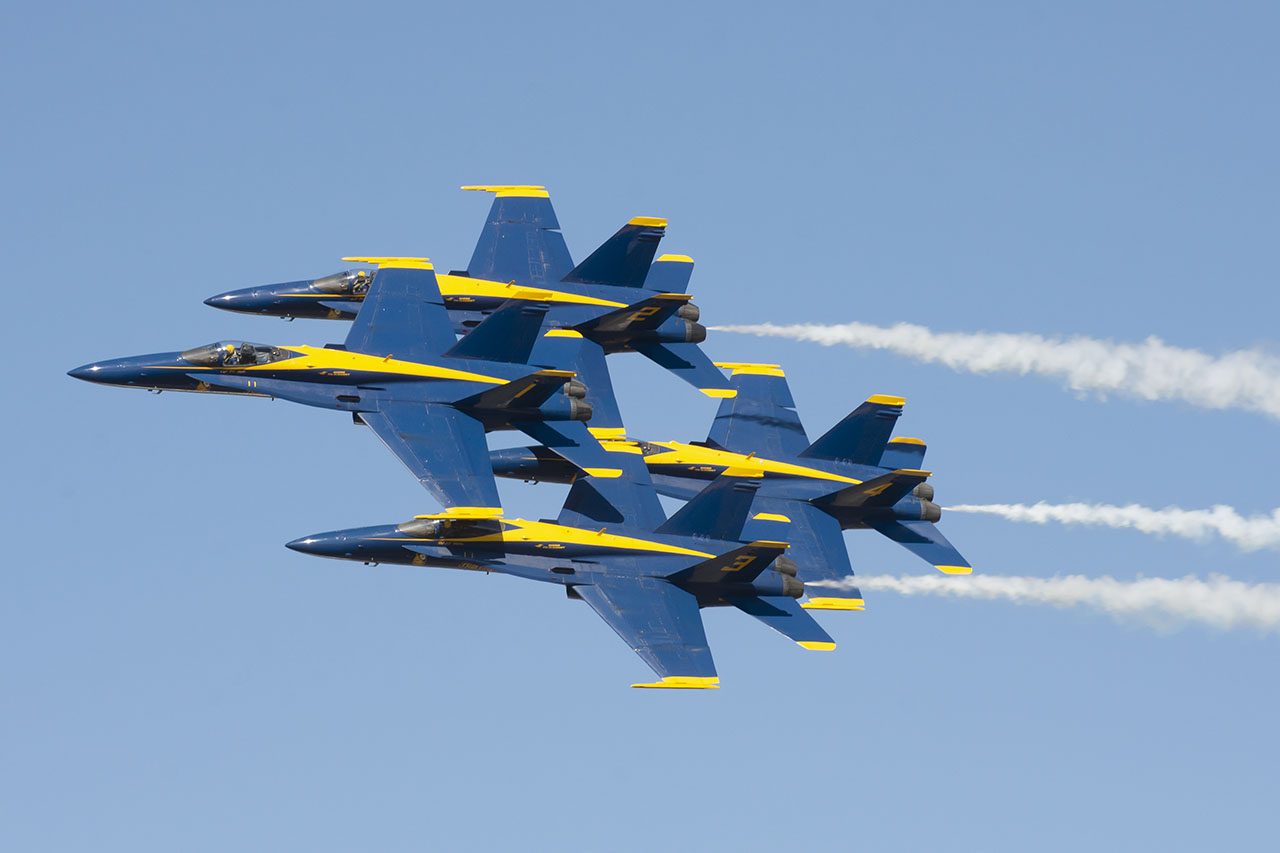
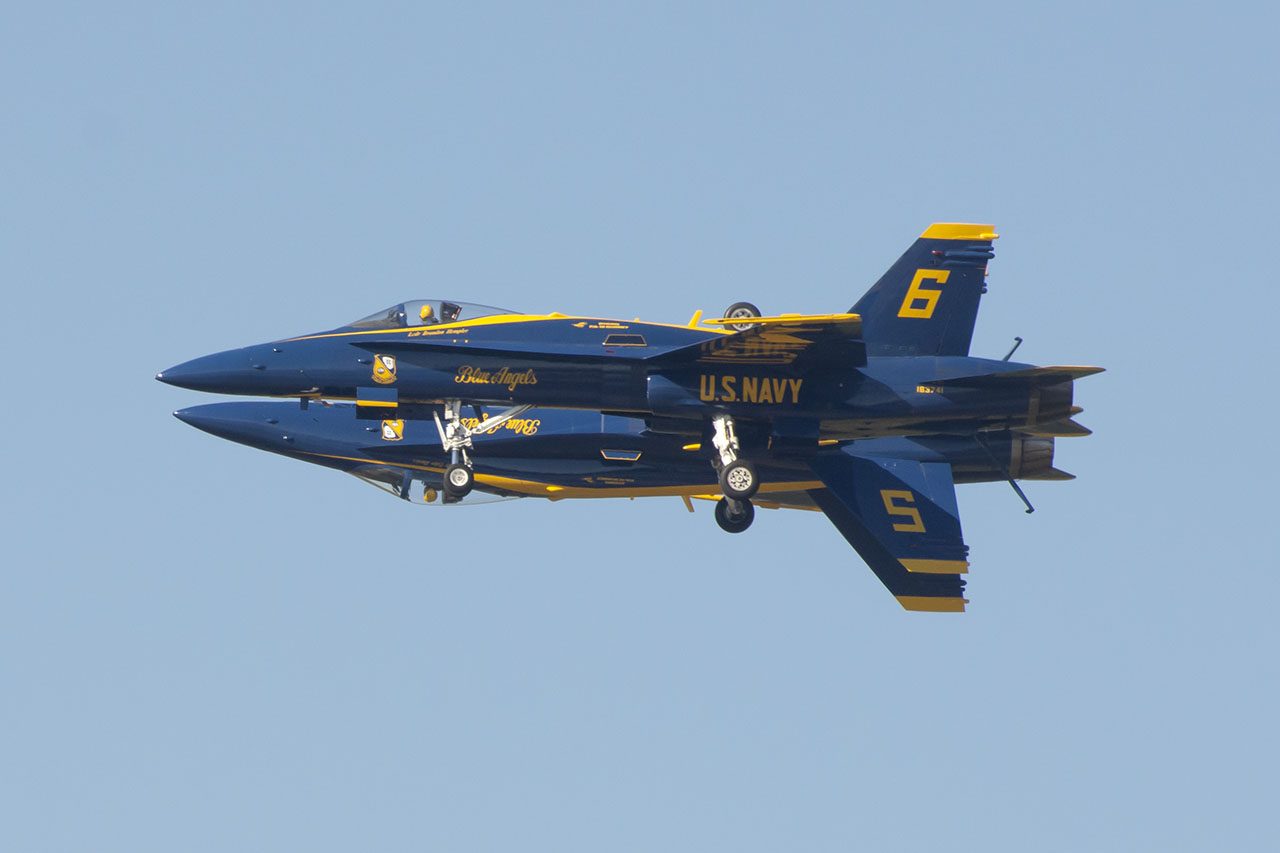

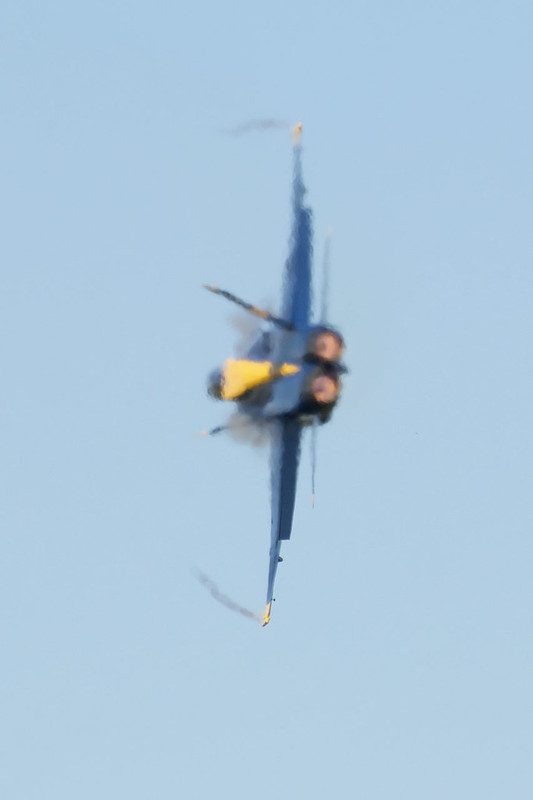
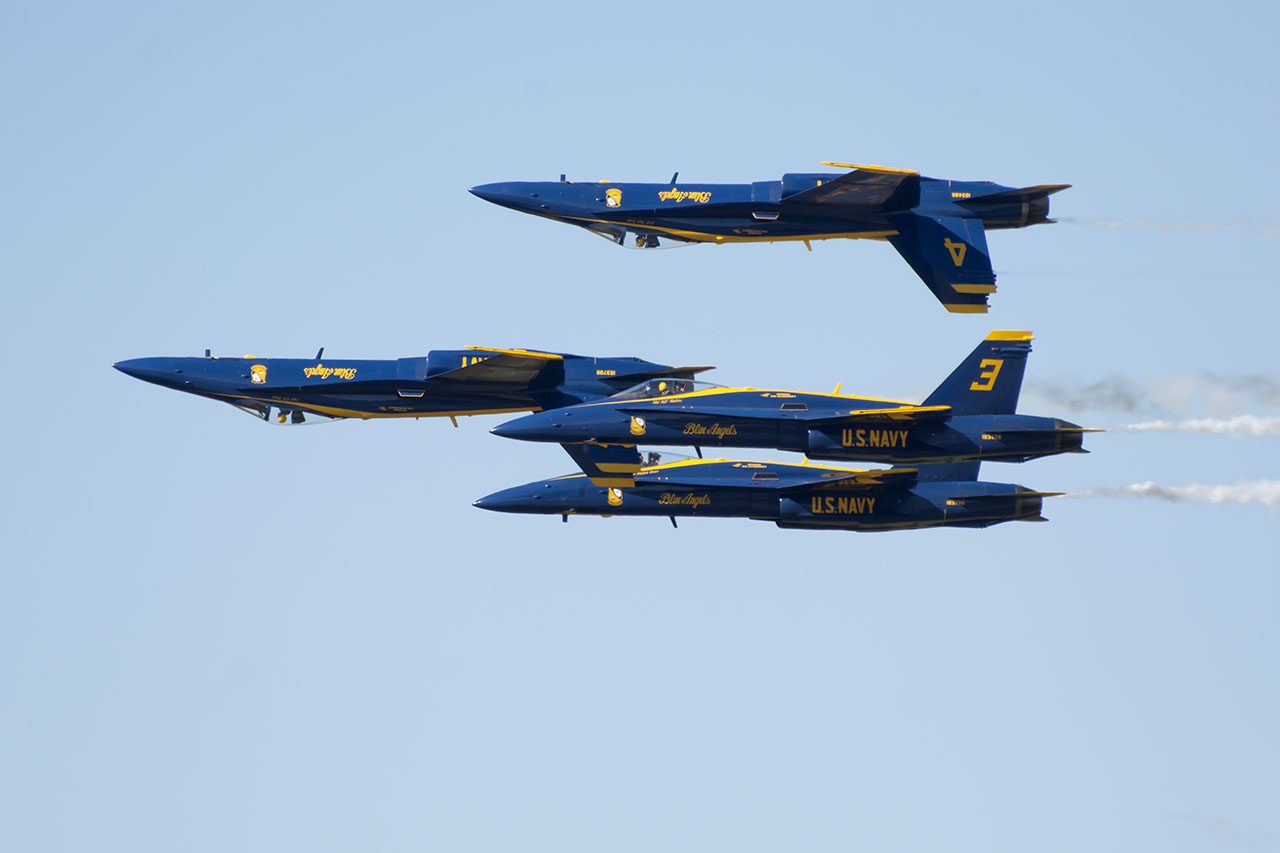
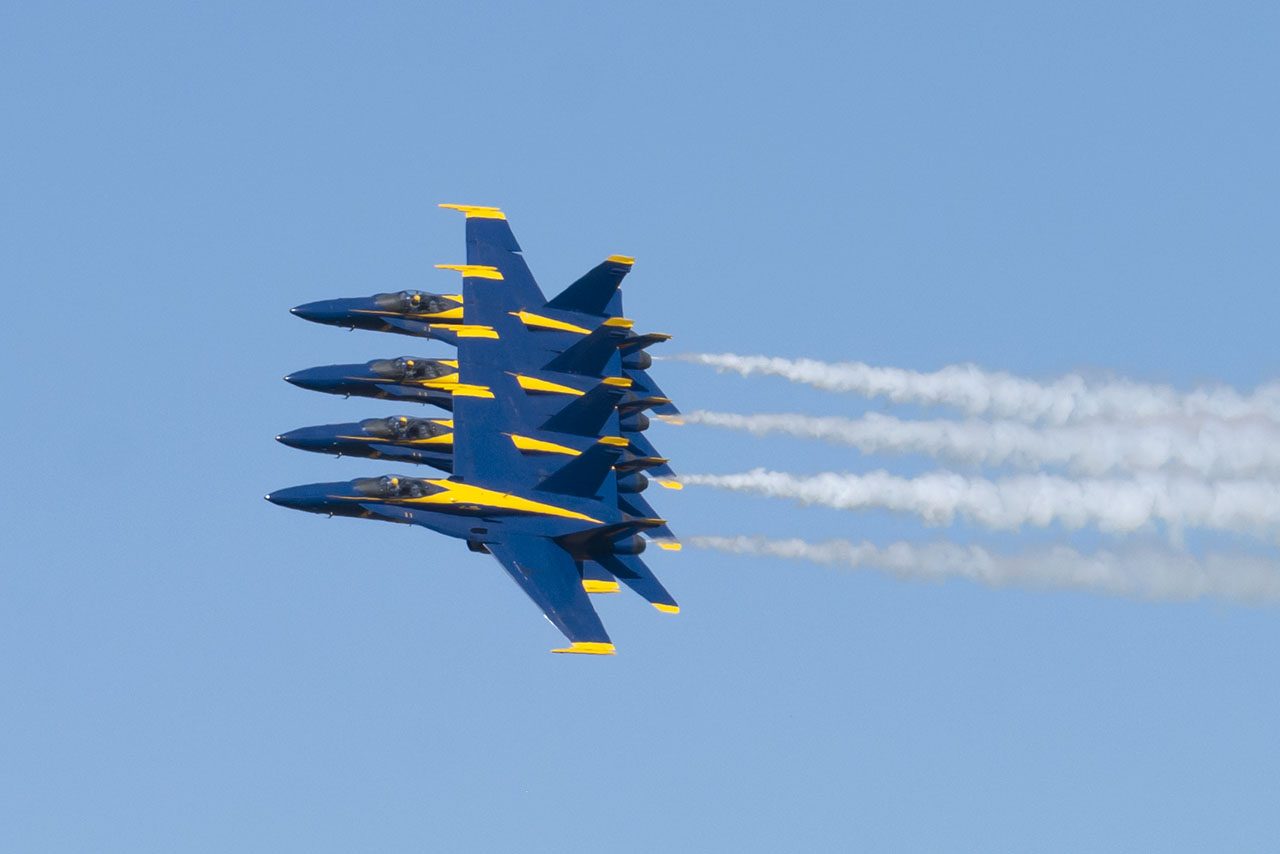
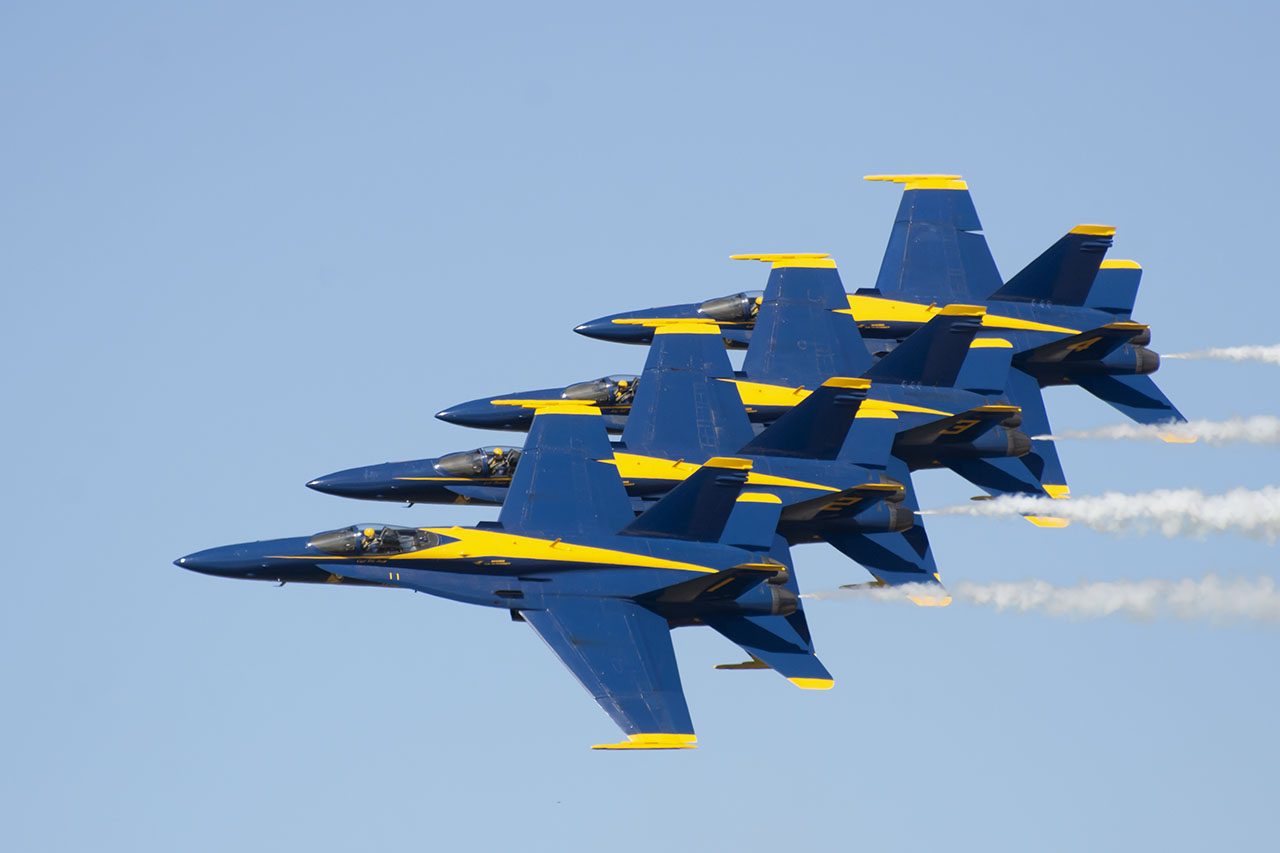
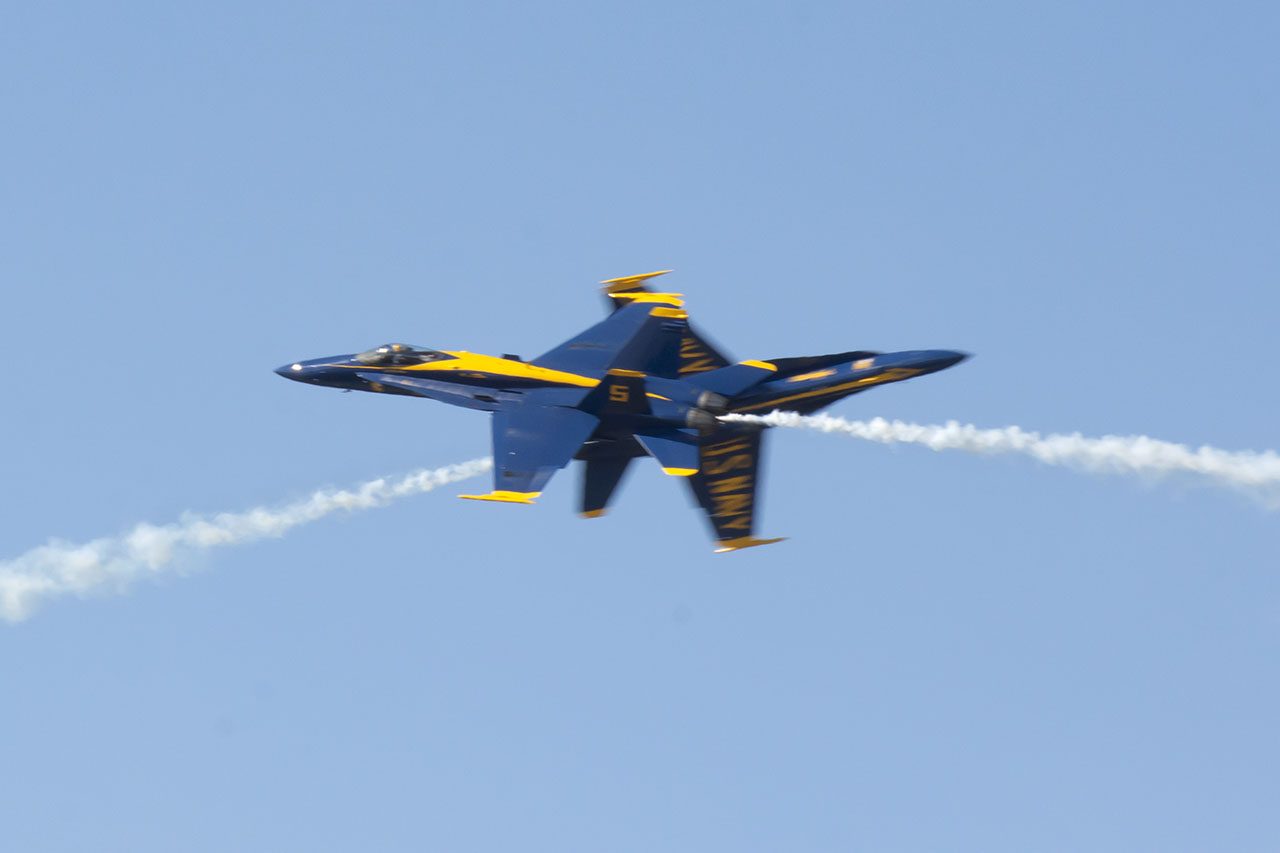
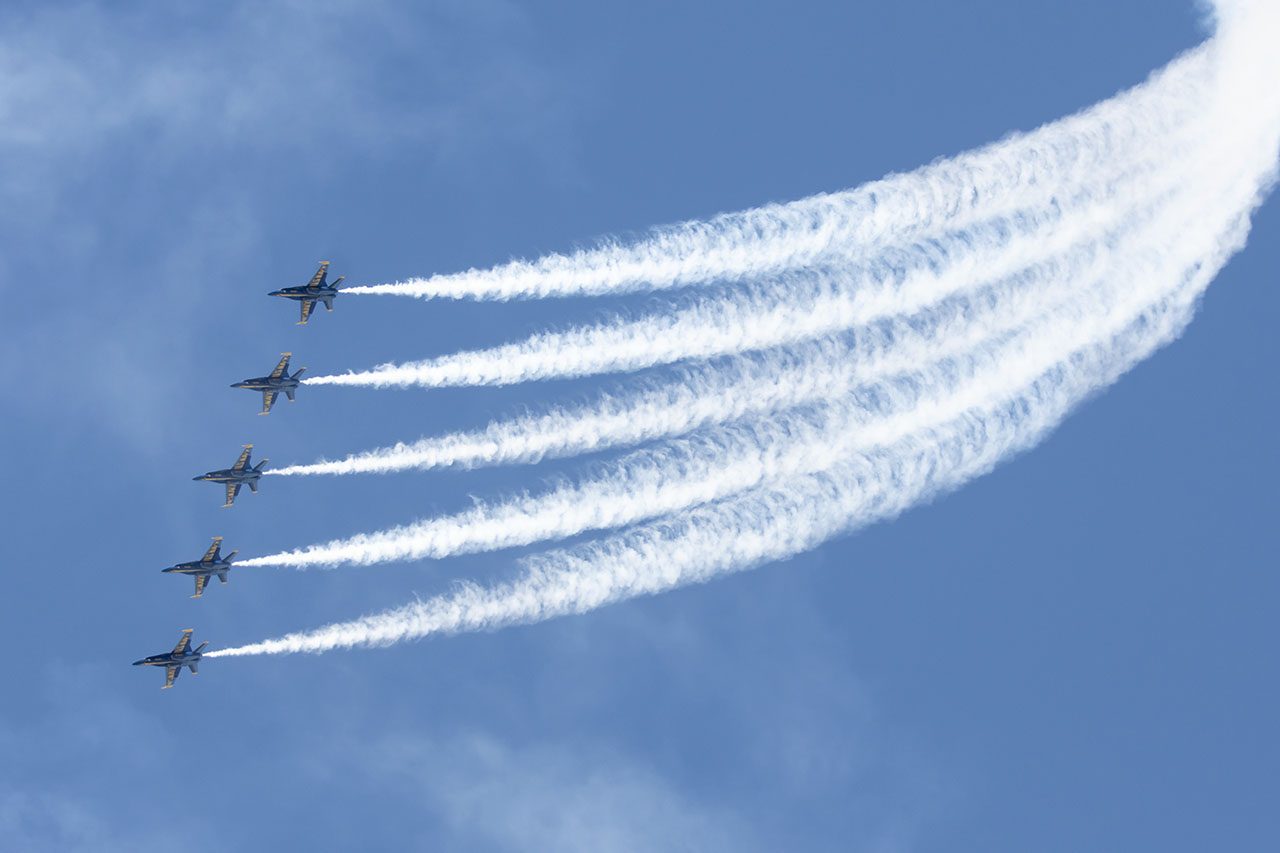
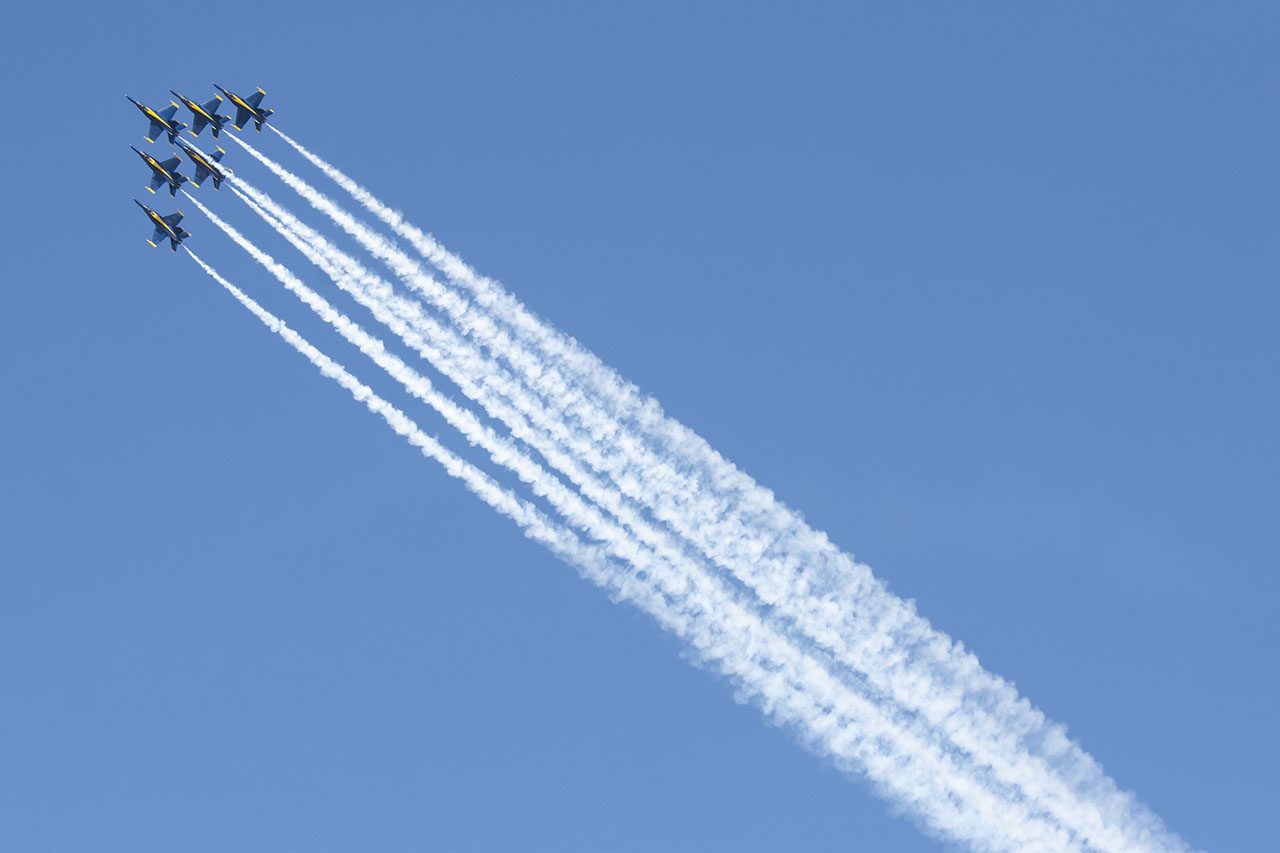
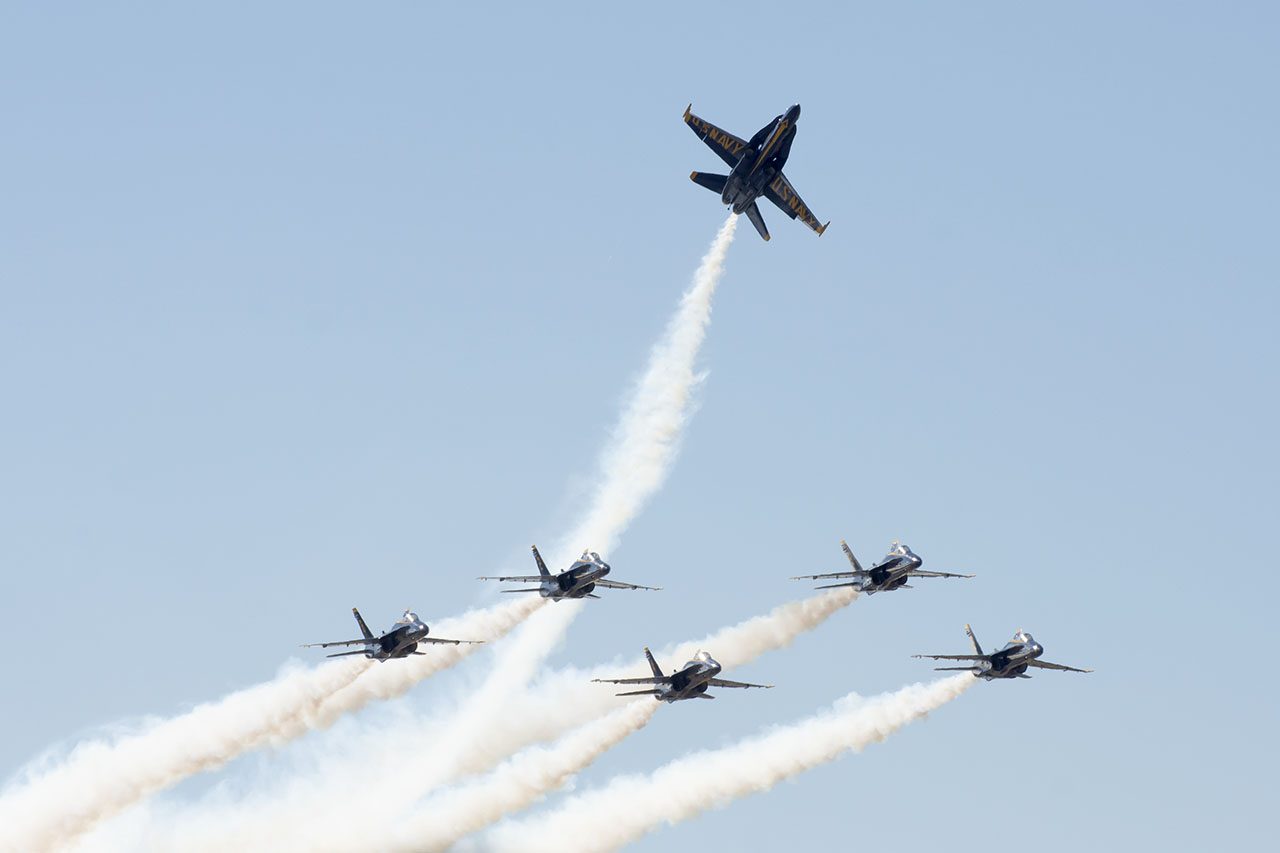
Just a minor observation: It’s interesting to see the contrast of American and Russian “boneyards.” Here in America, the final resting place for the majority of aircraft are in barren deserts, while the boneyards of Russia are in dense forests.
There is a reason we do that. Russia doesn't have much of a desert it only has the one if I recall correctly and it's not too vast.
Oh yeah, I’m aware Russia isn’t known for their deserts.









The SBD Dauntless had the same thing happen due to its dive brakes.That “nosedive” sound effect in movies and tv shows comes from sirens installed on the Junkers Ju-87 “Stuka” from WWII. These sirens (also known as “Jericho Trumpets”) were installed on the landing gear legs and were powered by the force of the wind, similar to how a ram-air turbine works. Anyway, as the air spun the siren, it produced a howling noise that increased in pitch at higher speeds. The Doppler effect also might have had a role in changing the sound while the Stukas were performing their bombing runs.
That “nosedive” sound effect in movies and tv shows comes from sirens installed on the Junkers Ju-87 “Stuka” from WWII. These sirens (also known as “Jericho Trumpets”) were installed on the landing gear legs and were powered by the force of the wind, similar to how a ram-air turbine works. Anyway, as the air spun the siren, it produced a howling noise that increased in pitch at higher speeds. The Doppler effect also might have had a role in changing the sound while the Stukas were performing their bombing runs.
I regularly see aircraft flying under the LabQuest callsign (LBQ—) online. Typically they are carrying medical equipment, and the aircraft range from twin pistons such as the Beechcraft Baron, turboprops like Beechcraft King Airs and Pilatus PC-12, to light jets like the Embraer Phenom 100. Twin pistons like the Beechcraft Baron create an interesting sound, especially if both engines are at high power settings and the propellers are turning at different RPMs.
As for the flight path, I can’t say for sure what the pilot was doing. If there was an engine issue, it’s unlikely that they would have taken off again after landing. Light twins are notorious for their instability while flying on one engine. Something to remember is that most flight tracking sites can get a little screwy if something unexpected happens, like an aircraft diverting from one airport to another. I’ve seen FlightAware say that a plane has landed at my airport when it hasn’t (usually due to poor weather conditions). FlightAware might also show the aircraft in the air for several minutes in the same spot after it has already landed. I wouldn’t put 100% faith in these sites because they aren’t 100% accurate. My company use these sites every day to have an idea when aircraft are arriving so we can coordinate things on the ground, but we don’t trust it down to the minute.
Yeah that’s definitely an F-35. The parts surrounding the exhaust are a little beefy for an F-16. I’m not sure why they would transport parts of an F-35 in an open trailer instead of a closed one, but the military works in mysterious ways.
My understanding is that the sensors had exhibited issues which caused controllability issues on previous flights, and that these problems weren't fixed by the airline prior to the flight on which the plane crashed. In fact, the issues were so bad on the immediately preceding flight that the crew declared a state of urgency and considered diversion. Additionally, I've also read that the previous flight crew had been able to control the aircraft using Boeing procedures, but that initial indications were that the crew of Flight 610 didn't follow those procedures. The fact that the aircraft suffered serious problems and wasn't fixed before flying again makes me doubt Boeing will have any issue proving its innocence and showing that the carrier was negligent in its repair procedures.Lol good luck, Boeing.. Wrong decisions will always come to haunt you down.
https://mobile.abc.net.au/news/2018-12-29/family-of-lion-air-co-pilot-sues-boeing-in-chicago-over-fatal-c/10673140?pfmredir=sm
But then goes also the fact that Boeing didn't provide adequate information and lessons about these 'faulty' sensors of the 737MAX8 to the pilots and airlines who operated these planes in their flights.My understanding is that the sensors had exhibited issues which caused controllability issues on previous flights, and that these problems weren't fixed by the airline prior to the flight on which the plane crashed. In fact, the issues were so bad on the immediately preceding flight that the crew declared a state of urgency and considered diversion. Additionally, I've also read that the previous flight crew had been able to control the aircraft using Boeing procedures, but that initial indications were that the crew of Flight 610 didn't follow those procedures. The fact that the aircraft suffered serious problems and wasn't fixed before flying again makes me doubt Boeing will have any issue proving its innocence and showing that the carrier was negligent in its repair procedures.
But then goes also the fact that Boeing didn't provide adequate information and lessons about these 'faulty' sensors of the 737MAX8 to the pilots and airlines who operated these planes in their flights.
If another serious incident happens again, that will really put them in a very big trouble.
We should see, lol.Yes they did, as Beeble just said and Boeing even stated. They only grounded all of these to do a sensor fix to overcome pilots who potentially didn't follow said procedure. Look I agree too an extent that this type of issue where the plane thinks it is stalling and goes in to a pitch down scenario seems very very bad from an engineering stand point. Why the stability of the aircraft in initial guise did this, is only something Boeing may ever know, however they gave info on how to make the plane stable in flight and that should of been followed. Some where in this someone is to blame, as much as I dislike Boeing I can't say it was them, I agree it was probably the airliner.